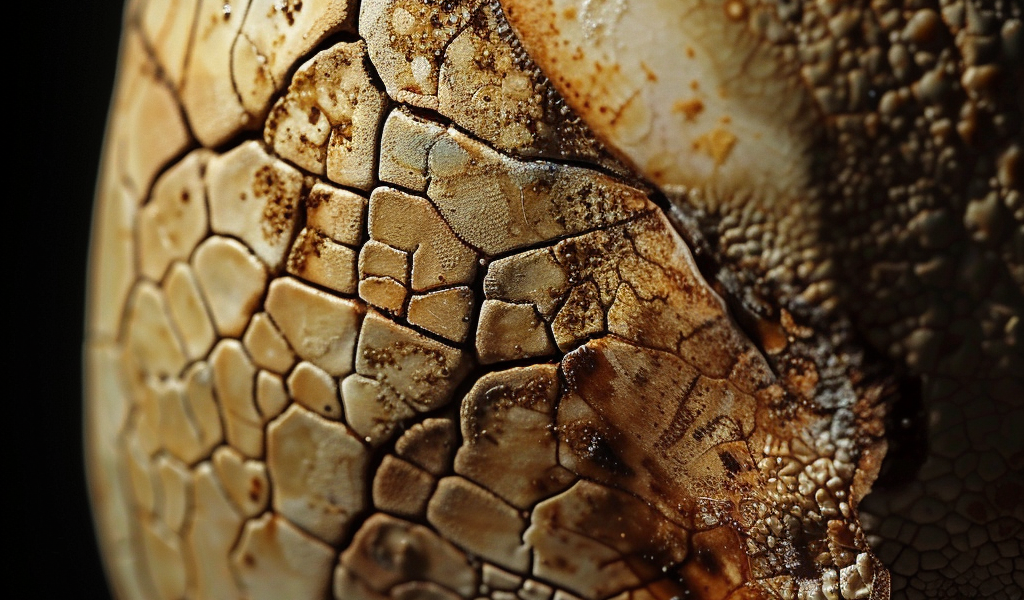Groundbreaking Discovery of Ancient Amino Acids in Dinosaur Eggshell Fossils Sparks New Excitement in Paleobiology
Recent discoveries in the field of paleobiology have sparked new excitement and potential for unlocking the secrets of ancient life. A groundbreaking study has revealed the detection of ancient amino acids in the fossilized eggshell of a titanosaur, a colossal herbivorous dinosaur that roamed the earth approximately 70 million years ago.
The discovery, made possible by advanced chromatographic analysis, has shed light on the remarkable preservation of organic material within the ancient eggshell. This finding holds significant implications for understanding the biology of extinct organisms, as the preservation of organic material over such vast timescales has been a rare occurrence.
Dr. Kirsty Penkman, head of the North East Amino Acid Racemization lab at the University of York, expressed her elation upon uncovering the telltale signatures of ancient amino acids within the fossilized eggshell. Amino acids, the fundamental building blocks of protein sequences in living organisms, provide valuable insights into the biological composition of ancient life forms.
The unexpected nature of this discovery adds to its significance, as the research initially focused on testing claims of protein preservation in dinosaur bone. While the results from fossil bones did not indicate the preservation of original amino acids and suggested environmental contamination, the detection of ancient amino acids within the eggshell fossils presented a remarkable breakthrough.
This unexpected revelation has opened new avenues for scientific inquiry, offering a fresh perspective on the study of ancient organisms. The detection of short protein sequences in 3.8-million-year-old bird eggshells further underscores the potential for exploring the biological remnants of prehistoric life.
These findings mark a pivotal moment in the field of paleobiology, providing researchers with unprecedented opportunities to delve into the biological intricacies of ancient organisms. The implications of this discovery extend beyond the realm of paleontology, offering valuable insights into the preservation of organic material and the potential for unraveling the mysteries of prehistoric life.





